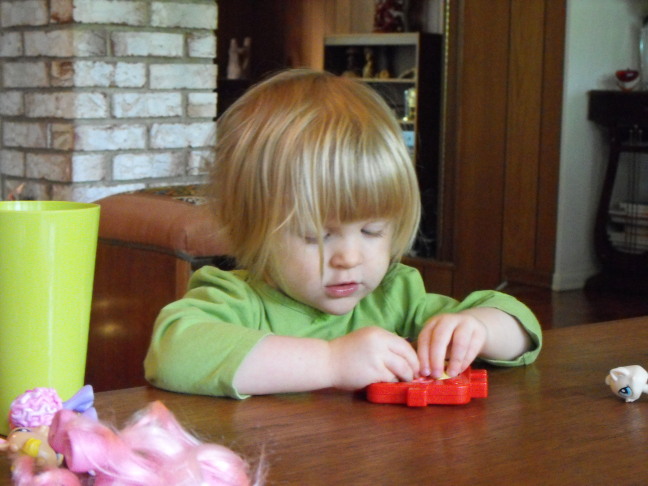Recently I suggested to a daughter that in order to teach–say a child or an intern–you should "watch" as the student applies a recent lesson. I now realize that I left out everything that matters. The most important and difficult part of watching is to know when to do anything else. The answer is, "Seldom." Do not talk. Do not distract. Try to understand not only what the subject is doing, but what the subject is thinking. You must not distract by taking notes, so your concentration must be that much greater to remember what you have observed and how you want to react.
There are two times to say or do anything. The best is after the task has been completed, even if it takes several times as long as it would have taken you. Then the first thing to say is congratulations on completion. And the second is to express interest or praise for some aspect of the performance. If you can devise a metric for the trial, compare the performance with the metric. Only after all that can you offer one, two, or three suggestions. No more. Learning is never instantaneous. More trials will be needed and will leave room for other suggestions.
The second occasion for talk is when you see the subject frustrated and failing in some simply-correctable manner such as holding a hand in a wrong direction. Suggest an adjustment that can be seen–by the subject–to simplify a task that was impossible with the observed behavior, Be judicious and sparing in your interruptions. Mistakes are a vital part of learning. Try to figure out what model of the universe the subject is constructing and whether you can make suggestions within that model or if you need to try to replace portions of it.
Working with young children is easier because, first, it is easier to see their thought processes, and, second, they have little prior learning to interfere with the new. Habits and prior learning are difficult to change. A recent note in NYT Magazine described one way art schools break bad drawing habits. It may be possible to devise something to break your subject of some bad habit. Try to figure out what it is. And explain why you are suggesting it. (Exercise for the reader: You may yourself have a habit while watching of talking too soon and too much. So figure out and suggest an approach to break yourself of that habit)
So… WATCH. It is a lot harder than you might think. But it's a lot of fun and your student will learn faster and better.


